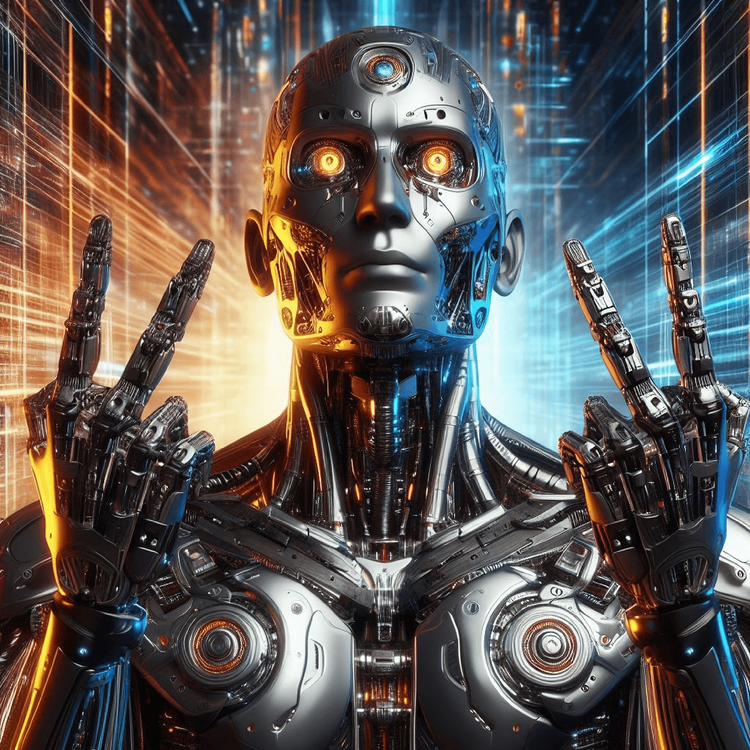Last Thursday, OpenAI unveiled a demo of its new text-to-video model, Sora, capable of generating videos up to one minute long while maintaining impressive visual quality and aligning with user prompts.
You might have encountered the captivating video clips OpenAI showcased, from golden retriever puppies emerging from the snow to couples strolling bustling Tokyo streets. Your reaction might have ranged from wonder and excitement to skepticism or concern, reflecting the diverse sentiments surrounding generative AI today.
Personally, I was struck by a mix of amazement and curiosity. The real question that arises is: what does the release of Sora signify?
In my view, Sora exemplifies OpenAI's signature mystery, particularly notable just three months after CEO Sam Altman’s brief dismissal and return. This enigmatic aura builds anticipation around every announcement.
Notably, OpenAI operates with a closed model, intentionally keeping its processes opaque. Millions are now analyzing every detail surrounding Sora—wondering about the model's functioning, its training data, the timing of its release, potential applications, and the broader implications for the industry, workforce, society, and the environment. All this speculation arises from a demo that won’t be commercially available anytime soon, amplifying the hype surrounding it.
Simultaneously, Sora reflects OpenAI’s transparency about its mission to develop artificial general intelligence (AGI) that “benefits all of humanity.” The organization stated it is sharing Sora’s research progress early to solicit feedback from outside OpenAI and provide a glimpse of upcoming AI capabilities. The title of the Sora technical report, “Video Generation Models as World Simulators,” indicates that OpenAI isn’t merely releasing a text-to-video tool for creatives but is instead driving forward AI research towards AGI—though its precise definition remains elusive.
This intriguing paradox—the blend of mystique around OpenAI’s current efforts and the clarity about its long-term vision—often goes unnoticed as public awareness and business adoption of its technology grow.
The researchers behind Sora are acutely aware of its present impact and are cautious about its deployment for creative endeavors. Aditya Ramesh, an OpenAI scientist who co-developed DALL-E and is part of the Sora team, expressed concern about the potential misuse of highly realistic video. “We’re being careful about deployment and ensuring we have all our bases covered before releasing it to the general public,” he explained.
However, Ramesh views Sora as a vital step forward. “We’re excited about advancing AI to reason about the world in ways similar to humans,” he commented on X.
Ramesh’s thoughts on video date back to January 2023 during a retrospective interview on DALL-E’s development. He indicated that he was already thinking about the implications of video technology. When I asked about his interests in working on DALL-E, he emphasized the unique aspects of intelligence related to vision. “With video, you can envision a model generating sequences that understand cause and effect over time,” he noted.
During our conversation, Ramesh captured OpenAI's duality: on one hand, he relished the opportunity to expose more people to DALL-E's capabilities, wishing for wider access to its technology. On the other hand, his primary motivation as a researcher was to push the boundaries of what AI could achieve, building on the success of technologies like GPT-2 and exploring text-to-image generation to see if AI could replicate human-like extrapolation.
Ultimately, Sora is not just about video.
In the immediate term, it could serve as a creative tool with many challenges to address. However, it’s crucial to recognize that OpenAI sees Sora as part of a broader vision. Whether you view Sora as a “data-driven physics engine” simulating diverse worlds, as suggested by Nvidia’s Jim Fan, or criticize it as a flawed endeavor akin to obsolete ideas like “analysis by synthesis,” focusing solely on Sora as a remarkable video application overlooks OpenAI's dual objectives.
OpenAI is indeed executing a generative AI strategy through consumer products, enterprise initiatives, and developer community engagement. However, all of this serves as a stepping stone towards achieving its vision of AGI.
So, for those curious about Sora's purpose, remember this duality: while OpenAI is currently engaged in the video landscape, it is ultimately focused on a much grander aspiration.







